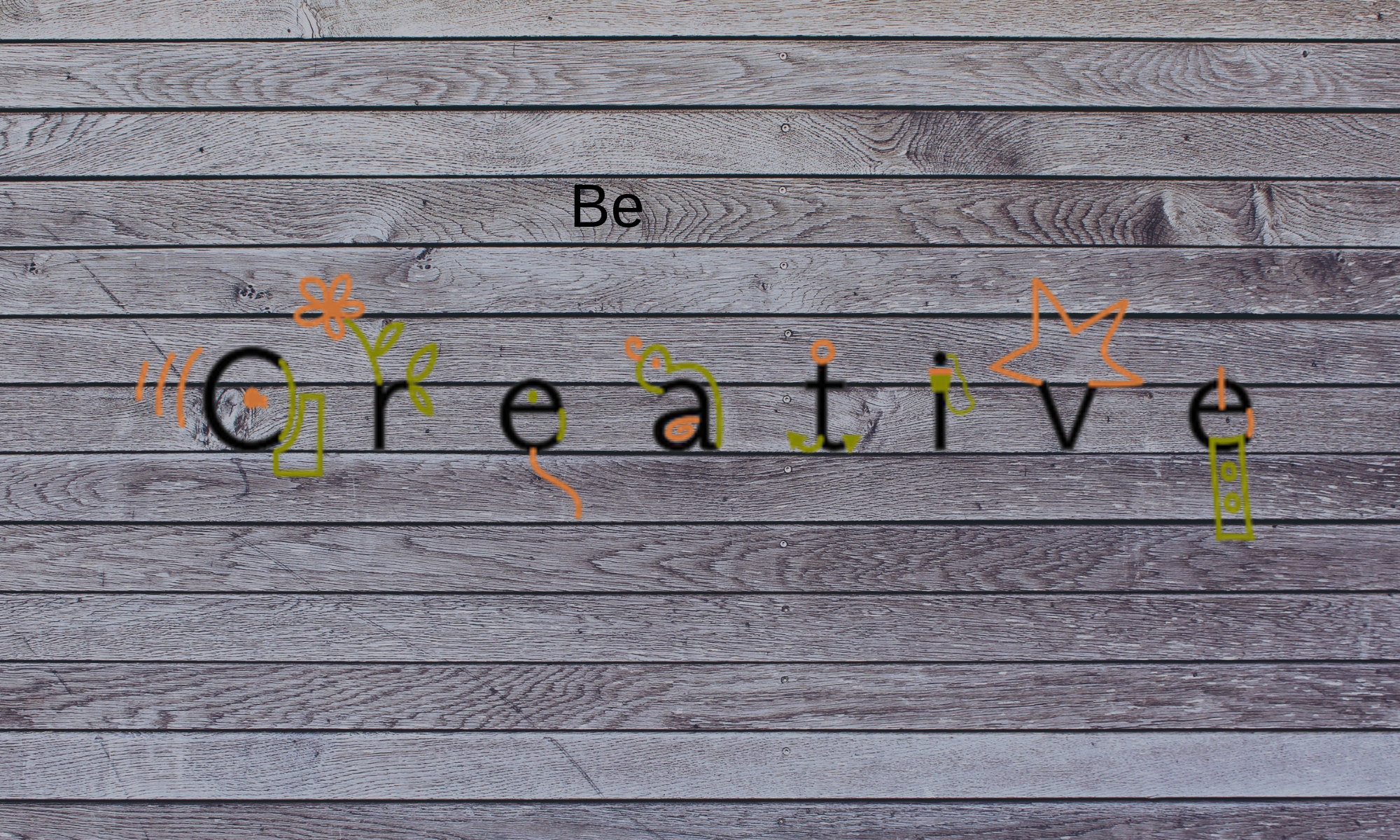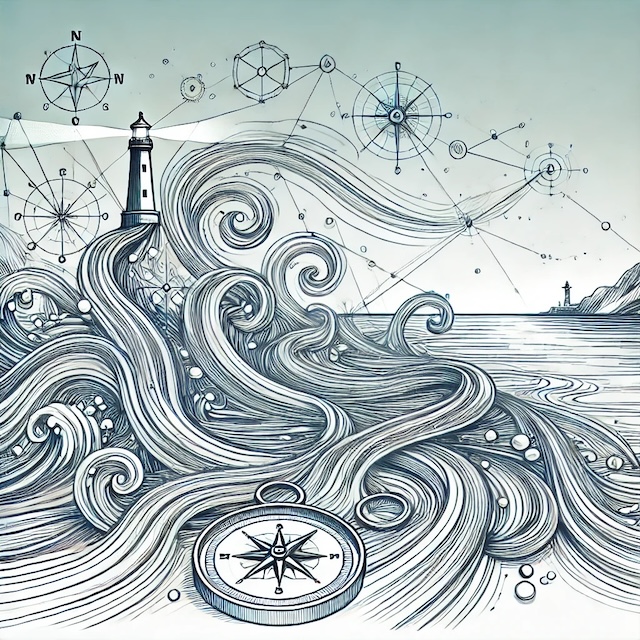After the release of the world’s first mass-market ‘personal navigation device’ in 2004, TomTom’s stock soared, reaching a peak of $65/share in 2007. However, the landscape shifted dramatically when Google launched its Maps app in 2007, effectively transforming every smartphone into a personal navigation device. Within 2 years, TomTom’s stock fell below $3. While TomTom was eventually able to pivot and change their business model, their initial dismissal of the threat posed by the rise of smartphone based navigation apps was very costly. This failure was not due to a lack of technological capability but rather a lack of strategic foresight to anticipate and adapt to disruptive technology.
Innovation is not just about responding to current needs but also anticipating and preparing for disruptive shifts, like the rise of generative AI. However, preparing for disruptive shifts is a very tricky problem because the mental models we use to make decisions in normal, predictive times don’t work in disruptive times. Product planning in such times has to go beyond predicting the future (which often turns out to be incorrect), to planning for multiple plausible scenarios. This is where futures thinking can be a useful tool.
Futures thinking is a strategic approach to uncovering multiple possibilities, with the aim of creating a preferred future. It ties closely to innovation – once we identify a desirable (and plausible) future, we have a clearer roadmap of the problems we need to solve in order to reach that future.
So how do you develop futures thinking? It starts with first figuring out (or even deciding) a vision for the future and then understanding what forces enable or thwart that vision. Depending on how likely and how important certain trends for a particular vision, one can arrive at plausible scenarios of the future. These scenarios can then guide what kinds of ideas and products to invest in.
Future Archetypes
When it comes to our vision of the future, we all hold one or more of common archetypes which dominate our imagined future thinking. Below are the five common future archetypes viewed through the lens of AI:
- Progress: A tech-driven world with humans at the center, emphasizing rationality and innovation. AI in this future enhances human productivity, creativity, and decision-making.
- Collapse: A darker vision where AI exacerbates inequality, destabilizes jobs, and concentrates power, pushing society to a breaking point.
- Gaia: A partnership-driven future where AI helps repair damage to the planet and fosters inclusive, harmonious systems between humans, nature, and technology.
- Globalism: A borderless, interconnected future where AI powers collaboration across economies and cultures, breaking down barriers to knowledge, trade, and innovation.
- Back to the Future: Nostalgia for simpler times, where AI’s rapid advancements are rejected in favor of human-centered, low-tech solutions to protect societal stability.
Trends
There are several key market, technology and social trends that impact the development of AI in both positive and negative ways. Here are a few sample trends:
- Technology Improvements: The AI hardware market, encompassing GPUs and specialized AI accelerators, is projected to grow significantly indicating growth of computational power. AI models are expected to continue improving with more enhanced reasoning skills and capabilities.
- Regulation Focus: The number of AI-related regulations in the U.S. has risen significantly, with 25 AI-related regulations in 2023, up from just one in 2016, reflecting a growing focus on responsible AI development.
- Computational Costs: Training large AI models is resource-intensive, requiring significant computational power, energy, and financial investment. OpenAI’s GPT-4 used an estimated $78 million worth of compute to train, while Google’s Gemini Ultra cost $191 million for compute.
- Public Trust: People and companies may be hesitant to adopt AI due to various reasons like biased algorithms, privacy concerns, or fear of widespread job losses.
- AI Investment: Despite a decline in overall AI private investment last year, funding for generative AI surged, nearly octupling from 2022 to reach $25.2 billion, highlighting increased investment in AI technologies.
Each of these trends can either contribute to a future or become a barrier. The likelihood of each trend plays a part in which of the futures are more plausible.
Future Scenario Planning
To determine plausible future scenarios, leaders need to evaluate trends against each vision of the future. For example, consider the future archetype of “progress” where AI leads to greater productivity and innovation. Improvements in technology, like better models or better GPUs, clearly push us towards this future. However, issues like algorithmic biases or security concerns can erode trust in the technology and slow down adoption rates. If this is a preferred vision of the future, then actively addressing these barriers during the development process can ensure that we keep marching in the right direction. While this was an overly simplified example, a more thorough analysis that incorporates additional relevant trends can start to reveal the plausibility of different scenarios.
One challenge in future scenario planning is that given the complex nature of the problem, there is no good way to accurately determine the likelihood of each trend and its contribution to each future archetype. This is where swarm intelligence might be useful. Groups of people are often better at predicting than relying on experts. Training employees on futures thinking and tapping their individual unique insights might provide better signals on what scenarios are more likely to happen in the future.
As artificial intelligence redefines industries, businesses must integrate strategic foresight into their innovation frameworks to thrive in uncertain and fast-changing landscapes. By explicitly using future archetypes and integrating them with current and expected trends, we can start to identify what scenarios are most likely to play out in the future. These scenarios can then help create more efficient product innovation roadmaps.

